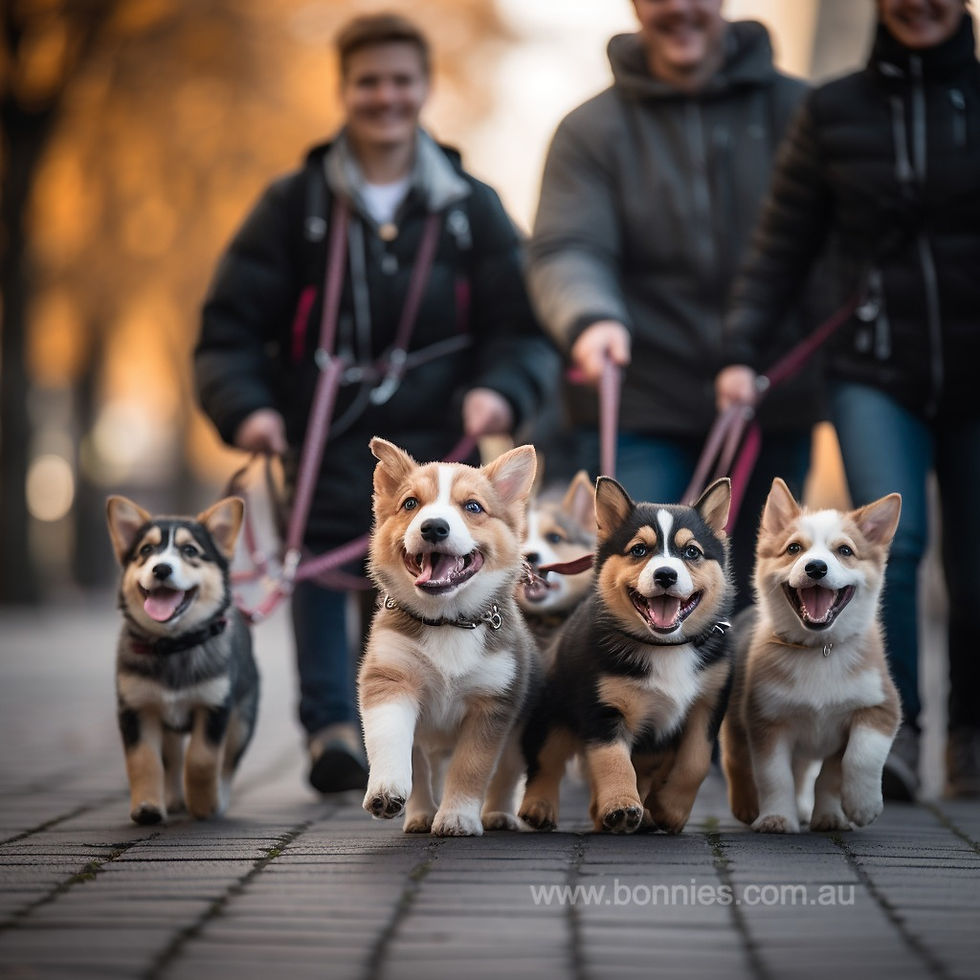YOUR DOG AND PACK STRUCTURE
- Christian Bonney

- Mar 31, 2020
- 3 min read
Updated: Aug 10, 2023
Always an interesting discussion - your dog and pack structure. As human beings we all live within these two worlds whether we realise it or not. In any family situation we have someone who usually has the final say about important issues. In our work situation, we have a Boss/Leader who controls what is required of us, but who also has the final say in all we do. They also can often have someone above them, who guides and directs them and that person may also have someone above them who guides and directs them, and so it goes on.
This is PACK STRUCTURE.
People from the very top, downwards. Think of it as a ladder. On every rung is a person with a certain job to do. This continues until we reach the bottom rung where sometimes several people can sit. This is their place on the Ladder and in the Pack Structure/Pecking Order.
It is the same in every aspect of life. In the animal kingdom they have their "Pack Structure". I guess it is in many ways similar to ours. The top dog for instance is called the Alpha, the second on the next rung down, is the Beta, and so on throughout the pack with each dog taking its place within the structure.
Sometimes there will be occasions when a dog wishes to change its position in the pack and move up a rung, and when this occurs it will challenge the dog above it. It may fight it, or show it in some other way, it wants to take its place. If it is the more dominant and stronger of the two, it will move the challenged dog off its rung, and immediately take its place, causing the challenged dog to move downwards, while it the challenger, moves upwards.
If the dogs are happy where their place is on the ladder, then things will probably remain as they are.
In a domestic situation where you have more than one dog, watch them and you will see that they have a pack structure/pecking order also. If you have two or more dogs, you have a pack, and only one can be the Alpha. It is then up to you to note which one is in charge, and treat it accordingly. Top dog, comes first (think about the respect you would give to your Managing Director), then down the ranks with bottom dog Recognise their position in the pack at all times. A quick pat to the top dog first when they come to you together is in order. You are now recognising their dog pecking order/pack structure.
This understanding of Pack Structure you now have, must be taken into the relationship your dog has with you and your family, and this you may need to work on to bring it into the correct order.
By understanding Pack Structure, then your chances of having problems with your dog, is minimised. Remember as pack leader you must be Consistent, Constant, Calm, Confident, Quiet, NOT a bully, rowdy, bossy and irresponsible.
The dog must always recognise the human pack leader. This person should automatically become the leader of the whole pack (dogs and people). This leadership role will only take place if the leader within the human pack understands and takes control of the Alpha dog. (Any other dogs in the pack will follow the top dog in all things.) It means ensuring that all commands given by this leader to this top dog at any time are obeyed. Training for the dog becomes a really important issue here.
In actual fact the pack structure all round in a domestic situation has to be like a ladder. It becomes the Ladder of life. It should be adults then teenage children, then dog, then any young children. This means that young children shouldn’t give any corrections to the dog in any way, but can and will be great mates with the dog.
In the dog’s mind, it will see the young children being beneath him. He feels therefore that they are not mentally or emotionally able to be above him in this pecking order. If all the family understand this, and ensure that the only ones to make any correction for misbehaviour from the dog is only done by the adults in the family, then peace will reign.
Children have to be taught what owning and being responsible for a dog is all about, and I would suggest the best way to do this is to read the book “Who’s the Boss”? It goes more fully into the Pack Structure. More about this subject later on.
Regards,
Val Bonney © (Canine behaviourist/International Trainer, Author, Obedience Judge.)






Woo hoo